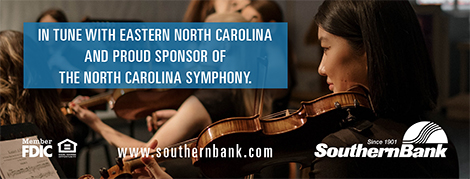Piano Concerto No. 12 in A Major, K.414
Wolfgang Amadeus Mozart (1756-1791)
THE STORY
While the harpsichord and clavichord had been the dominant keyboard instruments for centuries, Mozart came to compositional maturity as the more expressive and dynamic fortepiano (the direct precursor of the modern piano) was becoming the primary choice of keyboardists. As Mozart was one of the foremost keyboard virtuosos of the late 18th century, he viewed these concertos as a vehicle to showcase his skill at the keyboard and to display his fresh compositional ideas.
Mozart’s Concerto No. 12 in A Major is one of his three early Viennese concertos for the instrument, composed in 1782. Having just relocated to Vienna in 1781, Mozart was keen to establish a respected reputation among the musical elite while also earning the admiration of the wider musical public. Mozart himself described the trilogy as “a happy medium between what is too easy and too difficult; they are very brilliant, pleasing to the ear, and natural, without being vapid.” Such an aesthetic balance foreshadows the expansive expressive range of the later Mozart concertos.
LISTEN FOR
- The descending scale figures that occur in many of the concerto’s themes
- The hymn-like opening to the second movement, which is nearly a quotation of Johann Christian Bach’s La calamita del cuori (The Calamity of Love)—Bach died in 1782 while Mozart was composing K. 414, hence the apparent homage to his friend and mentor
- The light ornamentation of the third movement’s main theme, which leaps up and then jumps down—the theme returns throughout the movement, as is standard for the “rondo” third movement of a concerto
INSTRUMENTATION
Solo piano; two oboes, two horns, strings

